|
||||
|
||||
|
|
||||
|
||||
|
World Globes > Planet Desktop Globes > Jupiter Globe
|
Jupiter Globe features:
Acknowledgements:
|
18 inch diameter Jupiter globe model features images taken by the narrow-angle camera onboard NASA's Cassini spacecraft on Dec. 11 and 12, 2000, as the spacecraft neared Jupiter during its flyby of the giant planet. Cassini was on its way to Saturn. They are the most detailed global color maps of Jupiter ever produced. The smallest visible features are about 120 kilometers (75 miles) across. For additional details please see below. Round stand included with the sphere. Globe Model #JUPITER-18RWG Not eligible for additional discount Globe Diameter: 18" (46 cm)
|
|
Call us toll-free 877-822-9889 or 812-333-2772 for orders/questions Mon.-Sat. 10:00 am-5:30 pm Eastern Standard Time
|
Planet Jupiter Globe - Featuring Data
from the JUNO Mission (2000) |
|
|
Rotating Table-Top Display for 18-Inch Globes This motorized base features forward and reverse rotation with adjustable speed settings. Powered by a single AA battery. Please note: all globes come standard with a stationary table-top base—this spinner serves as a replacement for that standard display.
|
|
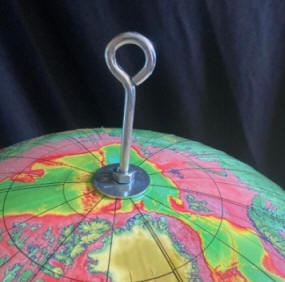 Ceiling Hanger for Globes Short on table or floor space? The Hanging Globe Spinner Kit offers a stylish and space-saving solution. This kit includes an eyelet and threaded hook for ceiling suspension, allowing you to display your globe without taking up valuable surface area. Please note: installation requires drilling a hole in the globe. Ideal for small offices, corners, or compact rooms, this hanging display turns your globe into a functional and decorative centerpiece. By making use of vertical space, it helps keep your area organized while adding a distinctive design element. Keep your globe easily accessible and beautifully showcased, even in tight spaces. |
|
|
Custom Handcrafted Floor Stands for 18-Inch Globes
Each 18-inch globe comes with a standard bowl stand at no additional cost. For a more prominent presentation, opt for a tall floor stand tailored to your preferred finish.
Available Finishes:
|
|
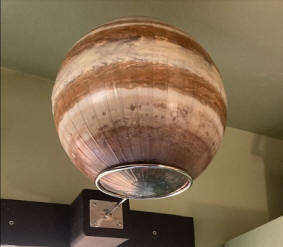 |
Wall Mount for Globe Is your desk, shelf, or workspace feeling cluttered? The Display-Wall Mount Globe is a smart solution for keeping your globe accessible while freeing up valuable surface space. Designed for easy installation—requiring just a drill to create mounting holes in your wall or cabinet—this system offers a clean, modern look that helps keep your environment neat and stylish. Perfect for smaller rooms or offices, this mount makes use of vertical space to maximize functionality without sacrificing aesthetics. The adjustable spacer allows for flexible mounting at any angle, ensuring the ideal position for your display. Not only does it save space, but it also adds a refined, contemporary touch to your setup. Built for durability and versatility, the Display-Wall Mount Globe is suitable for a variety of settings and seamlessly integrates with your décor. Set Includes:
|
Mars 12" Globe |
Elementary Planetariums |
Andromedome™ Paperweight |
Topographic 12" Mars Globe |
Venus 12" Globe |
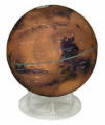 |
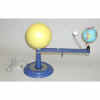 |
 |
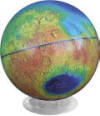 |
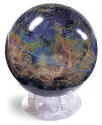 |
Call us toll-free 877-822-9889 or 812-333-2772 for orders/questions Mon.-Sat. 10:00 am-5:30 pm Eastern Standard Time
Large Model of Jupiter Desktop Globe by RWG, Item # JUPITER-18RWG
Sale Price: $399.99, NASA Cartography, Jupiter Planet Sphere, Ring Base, Astronomy Globe, Tabletop, Astronomy Buff Gift, Astronomy Enthusiast
|
Home | Products | About Us | Contact Us | Helpful Links | Order, Return & Privacy Policies | Site Map | International Orders |
|||||||||||
|
|||||||||||
|
Site Map | Privacy Policy | Easy Return/Exchanges | APO/FPO Orders | No Minimum Order + FREE Shipping (contiguous USA) |
|||||||||||